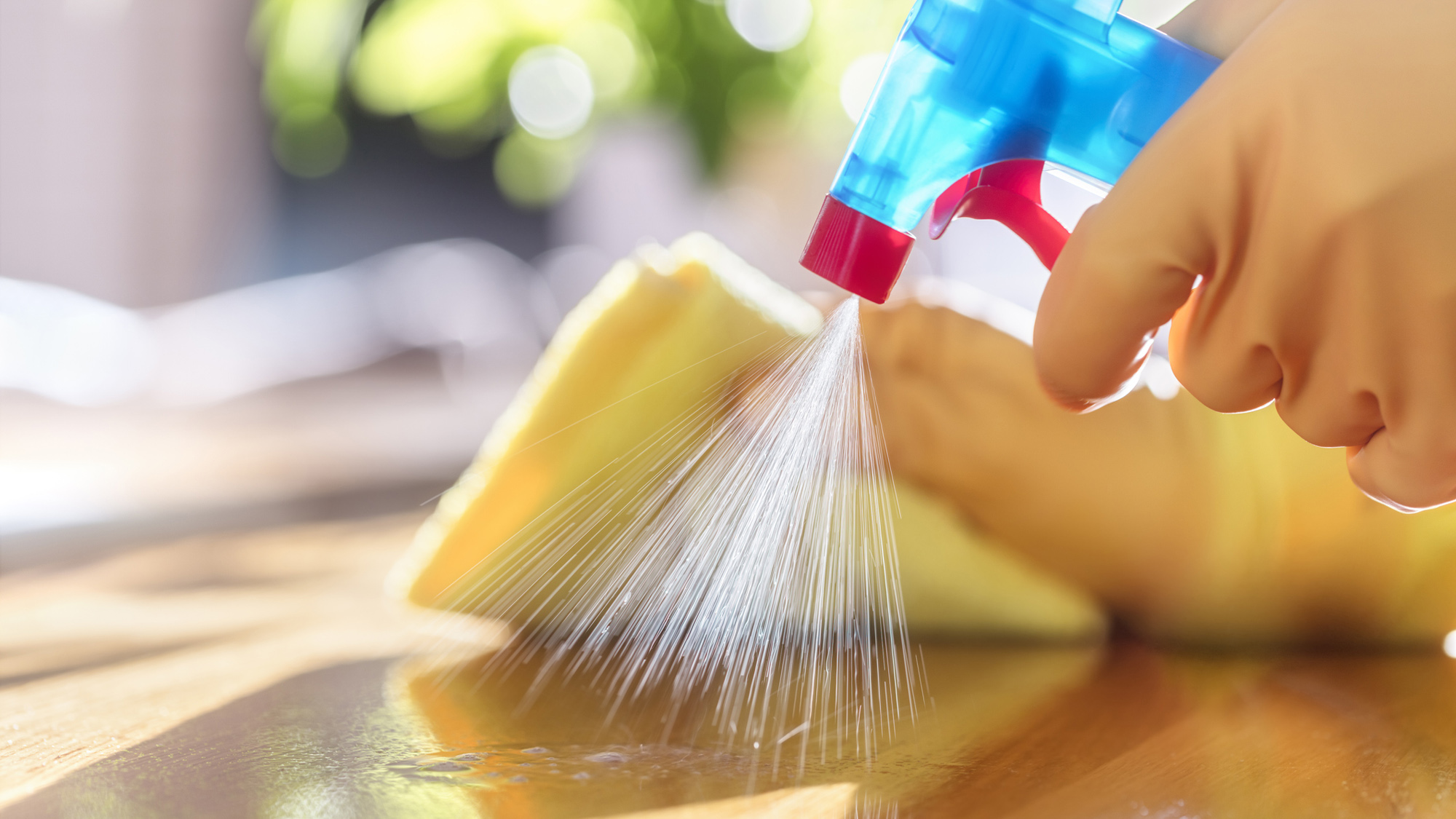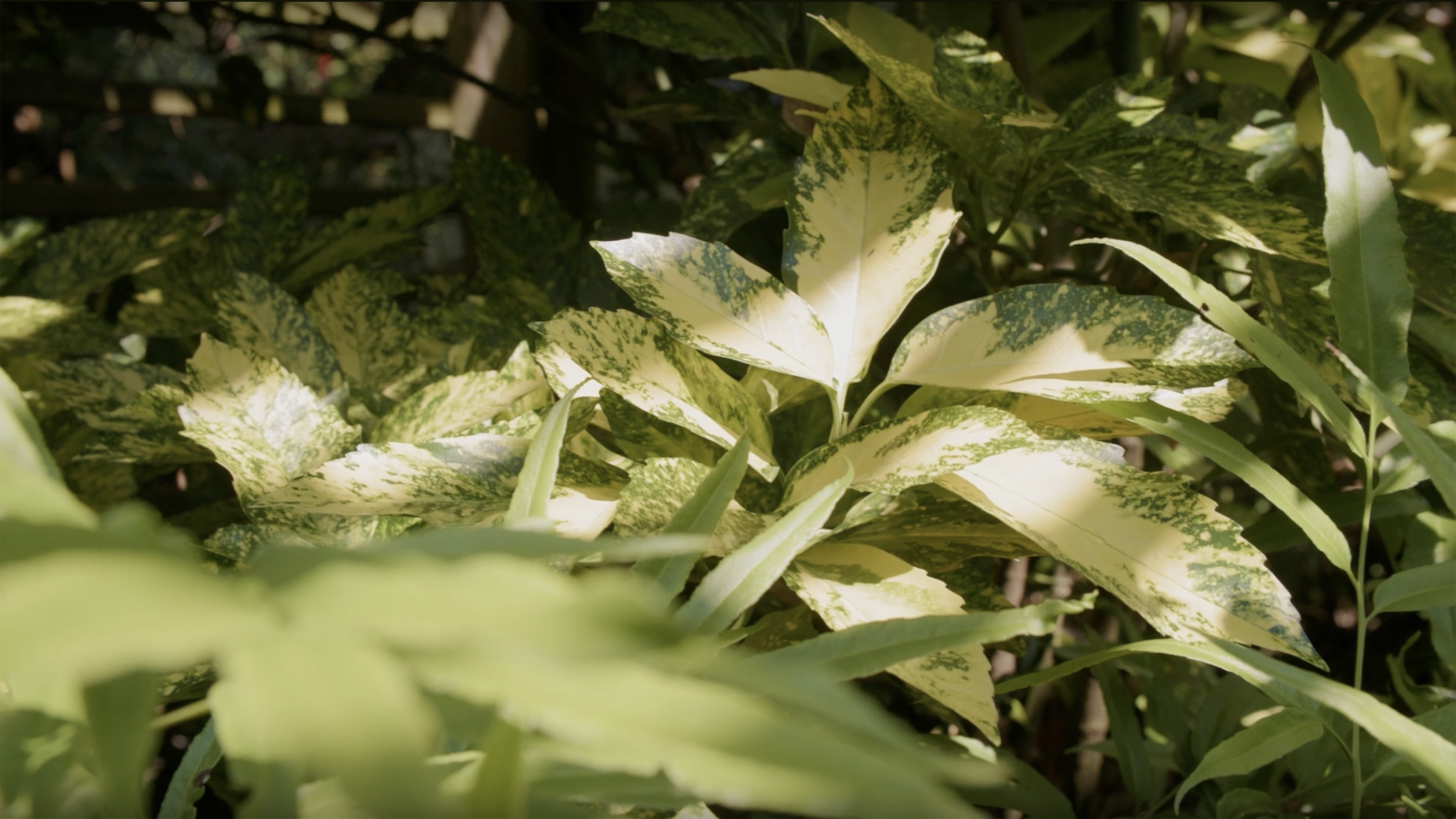For most of us, having a sick loved one in the home compels us to sanitize the most frequently used surfaces — doorknobs, light switches, kitchen and bathroom countertops, to name a few. But how well do commonly used cleaners actually sanitize?
The first thing to know is that cleaning and sanitizing (or disinfecting) are different processes that need to happen together.
Start by cleaning with soap or detergent to remove dirt and grime, understanding that simple cleaning alone does not remove many pathogens like bacteria and viruses. Friction is key to breaking up gunk and setting the stage to sanitize effectively.
The next step, sanitizing, involves applying a disinfectant like ammonia, bleach or hydrogen peroxide, which removes or deactivates the remaining pathogens. Follow the instructions on the label and check to make sure it hasn’t expired, as the chemicals can degrade and become less effective over time. Even then, not every cleaner will kill every type of pathogen.
In this Homegrown segment, Ben Chapman, NC State Extension food safety specialist, takes us through the proper way to sanitize surfaces in our homes. He offers tips to help to remove the uncertainty from choosing disinfectants – including making your own homemade cleaners – to protect your family from illness-causing germs that are prevalent in our environment at any given time.
It’s essential to remember that some combinations of cleaners can be lethal if inhaled, so always clean in a well-ventilated area (windows open, oven hood or bathroom fans running, etc.) and avoid combinations of cleaners that are toxic!
For more information on safely sanitizing your home, see the list of resources below:
- CDC Guidance on cleaning homes with suspected coronavirus disease.
- Our NC State Extension COVID-19 Resources site provides research-backed information from university specialists to help families navigate this unprecedented public health event.
- NC State Extension Guidance on overall food safety at home and in the kitchen.
- You can also find Extension resources for Washing and Sanitizing Kitchen Items after a flood.
- NC State Extension’s Healthy Homes provides detailed steps and tips for maintaining a clean and healthy home.
- Categories:



